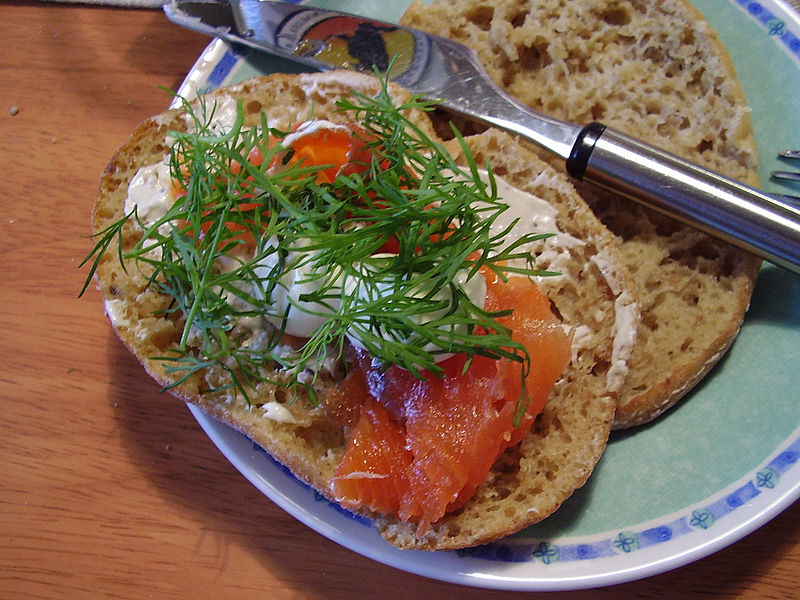 The most mentioned Finnish gastronomy highlights are probably its tasty herrings, the stewed reindeer meat or the amazing wild berry desserts, but actually the Finnish cuisine is a lot more to that. The four seasons of the Northern Europe have marked the whole Scandinavian area. In winter a lot of meat is eaten, whereas in summer the plates are full of season’s vegetables and good fish.
The most mentioned Finnish gastronomy highlights are probably its tasty herrings, the stewed reindeer meat or the amazing wild berry desserts, but actually the Finnish cuisine is a lot more to that. The four seasons of the Northern Europe have marked the whole Scandinavian area. In winter a lot of meat is eaten, whereas in summer the plates are full of season’s vegetables and good fish.
Finland’s gastronomic image has been created in history as part of the formation of national identity.The hallmark of Finland and the exotic ingredients are precisely those provided by forests, seas and the mountains of Lapland; the already mentioned reindeer meat, bear meat, salmon and berries such as cloudberry, cranberry or the cowberry. There is also a variety of regional specialties in addition to the Lappish cuisine, among them the delicious pies of Karelia or “Kalakukko”, a Savonian and Karelian dish consisting of fish cooked in a crust of bread.
Compared with the international food panorama, the cuisine of Finland has some advantages and peculiarities such as its history based on self-sufficiency, ensuring the possibility that a Finn will always know how to cook with the ingredients he or she has on hand, as well as the strong Western culinary tradition mixed with numerous oriental touches, combining, both the Finnish everyday food and the haute cuisine, Swedish-Scandinavian and Russian-European influences.
Fish soup cooked with milk and spiced with dill, reindeer stew or pork served with mashed potatoes and cowberries from the forest, the incoming summer and marinated raw fish like salmon or raw pickled herring in mustard sauce or marine sauce accompanied by the “new” spring potatoes are some of the most typical and delicious Finnish foods, which a traveler should almost be forced to try when visiting Finland. And, without forgetting one important thing, Finns often accompany meals with the ubiquitous black rye bread, which, although also white bread is consumed in Finland, has remained the bread of choice for the Finnish people for centuries.
In fact, historically, the Finnish diet was based on cereals, bread and porridge, being complemented by potatoes and other root vegetables, peas and beans, salted or smoked meat, which are two typical ways of preserving food to withstand the northern temperatures. The way of cooking used to vary by region; in western areas, according to the Swedish-Scandinavian heritage, the food was usually grilled or cooked over an open fire, while in the eastern parts of Finland the food was baked, following the Russian traditions. In the twentieth century, however, the Finnish cuisine suffered a great change with the urban migration, including a huge variety of new food ingredients and non-European culinary traditions. Also the food in the different regions of the country was more or less unified, eating the Finns today pretty much similar foods regardless their region.
In the following links you can find more information on the Finnish food in each season of the year in addition to some delicious recipes from the Finnish cuisine.
- The Finnish cuisine in each season
- Finnish Recipes







